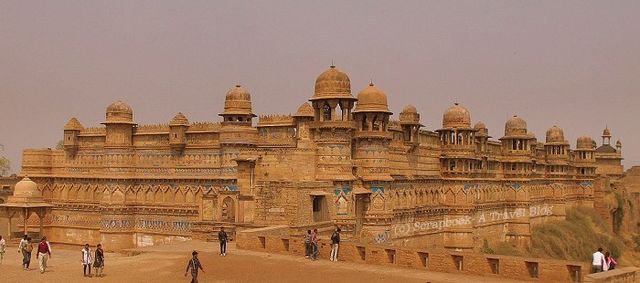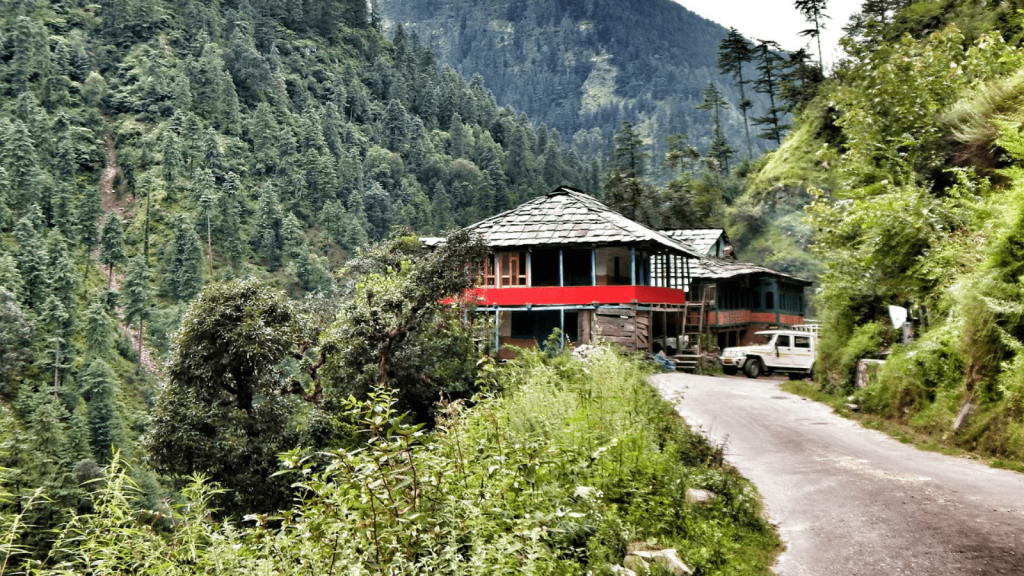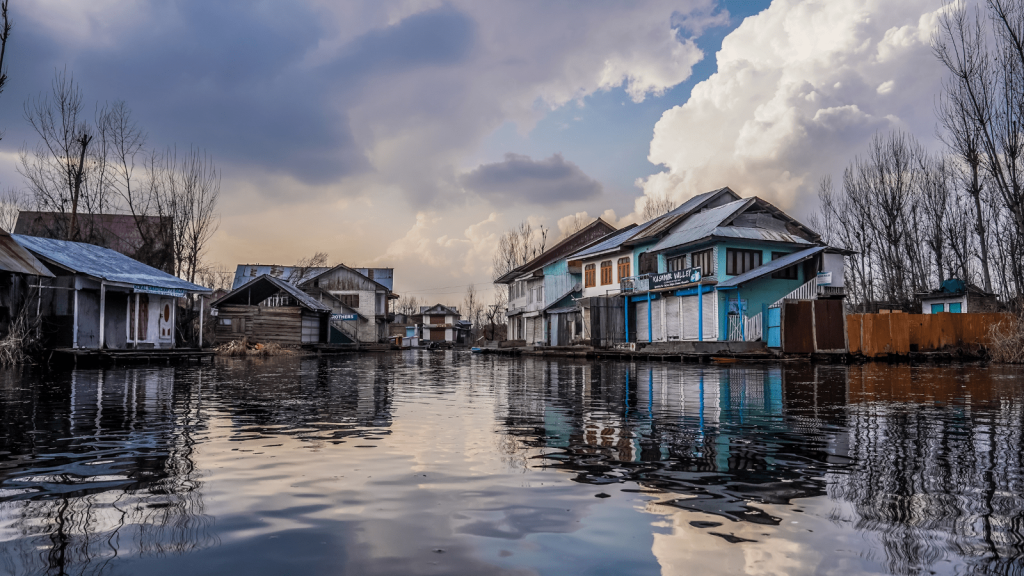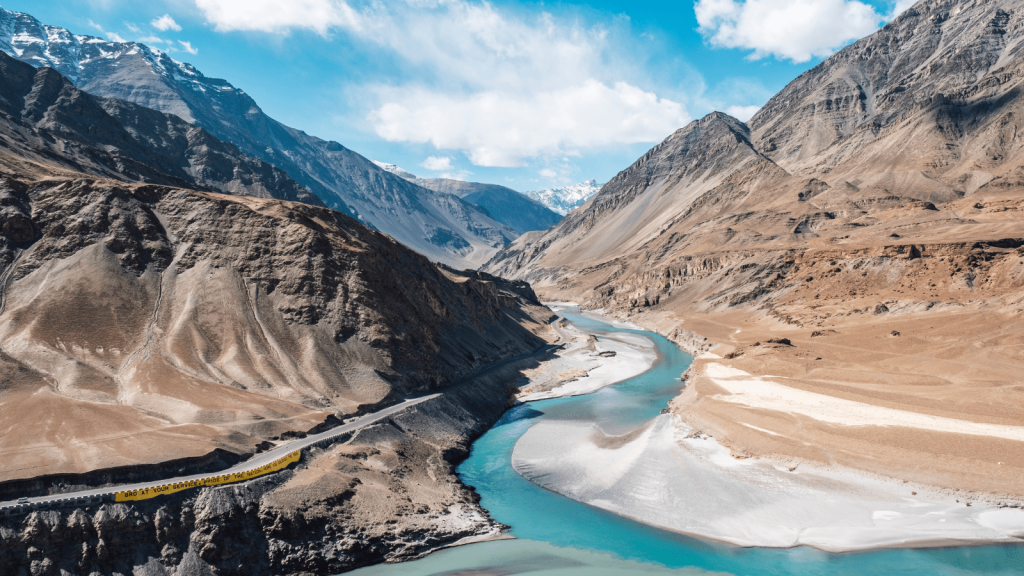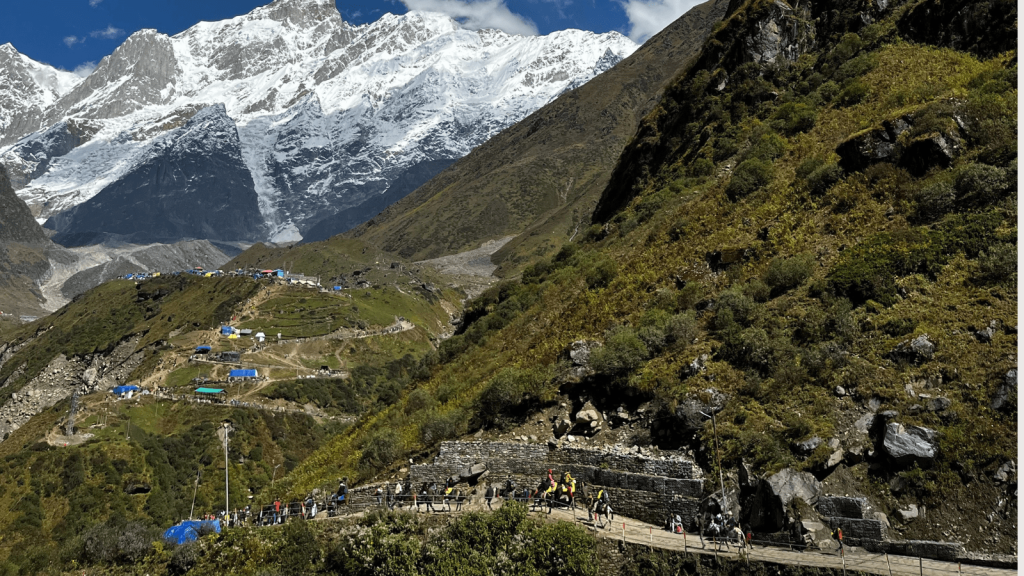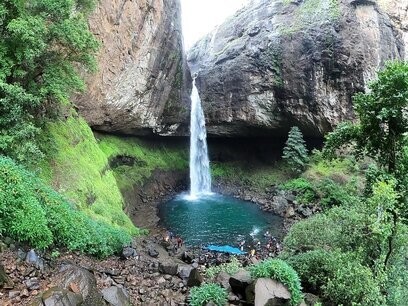A heroic history
Gwalior, a city in India, has a heroic history. The Pratiharas, the Kachwahas, and the Tomars left permanent imprints of their control in this metropolis of palaces, temples, and monuments, the former capital of Gwalior. The beautiful remnants of Gwalior's rich past have been carefully kept, giving the city a unique and lasting charm.
The origins of Gwalior may be found in mythology. Suraj Sen, a chieftain, had a fatal illness in the eighth century A.D. The hermit saint Gwalipa healed him, and as a mark of appreciation, he established a city that bears his name.
Over the years, the young city of Gwalior developed into the birthplace of powerful dynasties. The city expanded each century thanks to warrior monarchs, poets, artists, and saints, becoming a metropolis famous nationwide. Gwalior is a thriving, contemporary city in India today.
Attractions in Gwalior
The Fort of Gwalior - Gwalior Fort, which overlooks the city and is its most impressive structure, is built on a sheer pile of sandstone. Jauhars, wars, and other significant events have taken place there. The Jain Tirthankara sculptures carved onto the rock face guard the steep route leading up to the Gwalior Fort.
The beautiful Gwalior Fort's two-mile-long and 35-foot-high outside walls remain, attesting to its status as one of India's most impregnable forts. Emperor Babur referred to it as "the gem amongst the strongholds of Hind" because of its exquisite design. The Mughal-style Shahjehan Mahal, which Shahjehan built, can also be seen inside the Fort.
Maharani Laxmi Bai's Chhatri: Legend has it that after being encircled by the British Army and realising she had no hope of escape, Maharani Laxmi Bai jumped from the Gwalior Fort on her horse and died of her wounds there. She is the focus of the chhatri.
Gujari Mahal: The fort has some magnificent examples of mediaeval construction. The adventurous Gujar queen, Mrignayni, and Raja Mansingh Tomar's love are commemorated in the Gujari Mahal from the fifteenth century. The Gujari Mahal's outside construction has remained near-perfect, and the inside has been transformed into an archaeological museum that houses priceless artefacts dating back to the first century AD. Even though the iconoclast Mughals destroyed many of them, the beauty of their designs has stood the test of time.
Man Mandir Palace: Raja Mansingh constructed the Man Mandir Palace between 1486 and 1517. These remnants at the entryway are all that is left of the exterior's former tile work. The palatial halls within bear witness to the passage of time as they remain vacant and devoid of their former splendour.
The music halls used to be large rooms with beautiful stone screens; behind these screens, the royal women would study music by the best masters of the day. The Mughals' state captives were kept below in a series of circular prisons. Here, Murad, the brother of the emperor Aurangzeb, was imprisoned and eventually put to death. In the Rajput tradition, the Ranis committed mass sati in the nearby Jauhar Pond when their consorts were beaten in war.
Suraj Kund - Though the fort's construction was primarily completed in the 15th century, allusions to its enormous complex date back to 425 A.D. The Suraj Kund within the fort walls is older than the city. This is the actual pond where Saint Gwalipa healed Suraj Sen, also known as Suraj Pal.
Teli ka Mandir and Sas Bahu ka Mandir - The 100-foot-tall Teli ka Mandir, built in the ninth century and featuring an unusual fusion of architectural elements, is a Pratihara Vishnu temple. The roof's design is distinctly Dravidian, while the ornamental accents often show northern India's Indo-Aryan traits. Vishnu is also honoured by the beautiful Sas-Bahu ka Mandir, built in the 11th century.
The Gurudwara Data Bandhi Chhod was built in Guru Hargobind Saheb's honour, the sixth Sikh Guru who spent more than two years in this jail during the rule of Emperor Jehangir.
Jaivilas Palace and Museum: The Scindia family's present home, the Jaivilas Palace and Museum, has the splendour of a different type. The Jivaji Rao Scindia Museum now occupies around 35 rooms, and in these spaces, which are so reminiscent of the royal Jaivilas Palace and Museum lifestyle, the past comes to life. The Tuscan and Corinthian architectural styles were combined in the Italianate building style, Jaivilas.
Ten elephants were used to test the roof's durability before the two centre chandeliers in the grand Darbar Hall, weighing three and a half tonnes, were hung. In these giant rooms, the ceilings are trimmed with gold, thick curtains and tapestries, beautiful Persian rugs, and old French and Italian furniture.
Tansen's Tomb: The famous Tansen, one of the "nine jewels" of Akbar's court and a cornerstone of Hindustani classical music, is buried at Gwalior. The early Mughal architectural style was used to construct the tribute to this famous musician, which has perfect simplicity.
The mausoleum is more than just a monument; it is an integral component of Gwalior's living cultural legacy. Every year in November and December, a large-scale national music festival is held there.
Ghaus Mohammed's Tomb: Emperor Akbar constructed the mausoleum of the Great Sufi saint Ghaus Mohammad Gwalior, located at Rusal. The mausoleum is a stunning example of Iranian architecture made of sandstone. Tourists are mesmerised by the striking creative sculptures on its lattice.
In Gwalior, monuments honour the first independence warriors, including Tatya Tope and the tenacious Rani of Jhansi. At significant public intersections, cenotaphs and memorials to the kings and queens of Scindia may be found.
The Municipal Museum and Kala Vithika: The Kala Vithika is a further treasure trove of the arts. On Sundays and on federal holidays, it is still closed. The natural history portion of the Municipal Corporation Museum, which is open every day but Monday, is adequate.
Sarod Ghar: The historic family home of the illustrious Ustad Hafiz Ali Khan has been transformed into the Sarod Ghar, a museum dedicated to music. The instruments of long-gone famous Indian masters are kept there.
The Sun Temple: The Sun Temple at Morar, close to the Residency, was modelled after the well-known Konark Sun Temple in Orissa.
Outings in Gwalior
The Temples of the Bateshwar Group: 40 km through Malanpur
Several temples in various levels of preservation make up the Bateshwar Group of Temples. The majority of them are Shikhara-equipped single-cell shrines with Amalakas atop them.
The Bhuteshwar Mahadev Temple is the location's principal temple. The temples at Bateswara show the styles of the Pratihara and Kachapaghata eras, which ran from the eighth to the twelfth centuries AD.
Sihoniya: (Kakanmath Temple) is 90 miles through Morena to Sihoniya. The Kakanmath Shiva Temple is a large platform with a sanctuary, a pillared hall, and a porch. It is also known locally as the Kakanmath Shiva Temple. The tall spire, now partially in ruins, was decorated with sculptures and other works of art. Massive, lofty, and imposing, the pillars in the galleries are adorned with deft ornamental carvings. The temple was built in the eleventh century.
Padavali: It is 38 kilometres from Padavli to Malanpur. The Jat Ranas of Gohad constructed the fortification at Padavli. One of the most noticeable pieces of architecture at this location is the temple within the fort. A mandapa with a well-carved roof and solid pillars makes up this Shiva temple.
Mitavli: Malanpur is 40 kilometres from Mitavli. The temple is situated on a circular platform in an outdoor space surrounded by a circular wall with Shiva statues housed within each of its little cells and colonnades. It was created in the fourteenth century. According to an inscription from V.S. 1380 (1323 AD), the temple was constructed by the former king, Maharaja Devapala. The Gwalior area is the only one with circular construction of this kind.
Barai: There is an antique theatre called Raslila Ghar near Barai, 27 kilometres from Gwalior. It has the remains of broken rooms and is surrounded by an open circle with lampposts and small domes that look like the ones on top of the Man-Mandir in the Gwalior Fort.
Narwar Fort: The Narwar Fort is located in the Madhya Pradesh town of Narwar on top of a hill. On an 8 km long, rocky outcrop of the Vindhya Range, it rises to a height of around 500 feet above the surrounding terrain. The fort is said to have been constructed by the Kachwaha Rajputs when they controlled Narwar in the tenth century. From the 12th century until the Mughals took control of it in the 16th century, Narwar was successively ruled by the Rajput families of Kachwaha, Parihara, and Tomara. Early in the 19th century, Scindia, the Maratha leader, took control of it.
Abdul Fazl's Tomb: Antri, or Antakpuri, near Gwalior, is a historic township founded 1,500 years ago and is home to Abul Fazl's mausoleum. Abul Fazl, the author of the book Ain-e-Akbari and one of the most significant figures in Mughal Emperor Akbar's court, was assassinated here on August 19, 1602, by order of Salim, the rebel and Akbar's son. Here, the corpse of Abul Faz, who had been decapitated, was laid to rest. The location of Abul Fazl's grave is the same.
How to Reach Gwalior
Gwalior is linked to Delhi and Jabalpur by air, making travel by air to Gwalior easy.
By Rail: The Central Railway's main Delhi-Mumbai and Delhi-Chennai lines pass through Gwalior. The Taj and Shatabdi Express, among other notable trains, connect Gwalior with Delhi and Agra.
By road: There are frequent bus services between Gwalior and Agra, Mathura, Jaipur, Delhi, Lucknow, Bhopal, Chanderi, Indore, Jhansi, Khajuraho, Rewa, Ujjain, and Shivpuri.
Bandhavgarh National Park
Gwalior is 398 kilometres from Bandhavgarh National Park. A well-known place for tourists in the state of Madhya Pradesh.
Bandhavgarh National Park has India's best-known wildlife. White Tigers live here.
These were found in Rewa. Maharaja Martand Singh took over in 195.
The Maharajas of Rewa's palace displays stuffed white tiger Mohun. Bandhavgarh National Park has several species. Sambar and barking deer are common, and Nilgai can be found in open areas.
Great rocky slopes rise from marshy, forested valley bottoms. Bandhavgarh, surrounded by cliffs and eroded rocks, is the most magnificent hill. Bandhavgarh Fort's tallest peak is 2,000 years old. Bandhavgarh, a 448 sq. km. area in Umaria, is in the park, especially around the caverns with temples and Sanskrit inscriptions.
Lord Vishnu: Shesh Shaiyya, the jungle-covered Vindhya mountains. Bandhavgarh Hill, 811m high, is the park's centrepiece. It's bordered by rolling hills and valleys.

